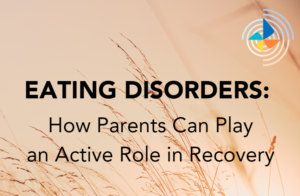Who is affected by eating disorders?
Eating disorders can affect people of any age, race, gender or sexual orientation. They are often diagnosed in teenagers and young adults, but many people are first diagnosed with an eating disorder in later adulthood. Sometimes the first signs and symptoms develop at a much younger age.
“I am currently 25 years old and I have had issues with my weight and my self-esteem since junior high. I was your typical, awkward preteen. Chubby, braces, glasses, acne and a sweet, yet painfully shy, personality. I was self-conscious about everything, including my weight.” ~Sara
Many changes occur in our bodies during adolescence. These changes can be very difficult for some youth. Sometimes, those who are dissatisfied with their bodies will turn to disordered eating. However, there are many risk factors for eating disorders, and not everyone who is unhappy with their body will develop an eating disorder.
Some types of eating disorders are more common in women and girls than in men and boys. However, eating disorders affect people of all genders. Transgender, non-binary, and gender diverse youth report higher rates of eating disorder symptoms than cisgender youth (those whose gender aligns with the sex assigned to them at birth).
Men, boys and gender diverse individuals may experience more barriers to accessing support for eating disorders, and may be less likely to be diagnosed with an eating disorder. It may be hard for people who are experiencing eating disorder symptoms to talk about their behavior. Sometimes people worry about what others will think about them. Some people may be worried about untrue stereotypes that exist about eating disorders. These fears may make it harder for people to get the help they need. Some people may also be worried about what it would be like to start making changes to their eating.
The information we get about eating disorders from television, magazines or social media is not always true. For example, some people view eating disorders as a choice rather than serious biological illnesses.



